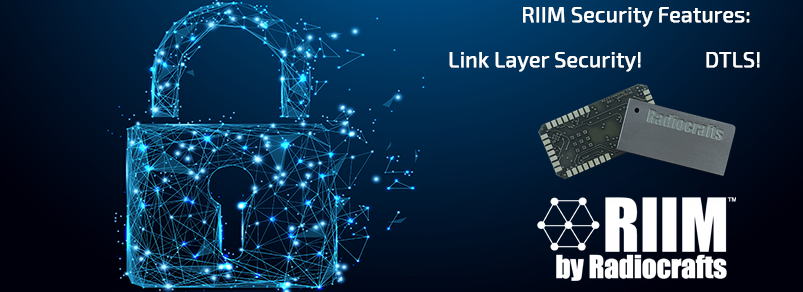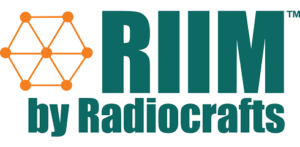The application note, AN052: RIIM Security Features, discusses the most common security challenges in a mesh network and how Radiocrafts’ Industrial IP Mesh (RIIM) solution addresses them in a way that provides strong security, while maintaining the crucial features of a low power wireless mesh network.
As a result of Radiocrafts’ deep understanding of the importance of network security, RIIM implements two main layers of security and authentication:
- Link Layer Security
- Datagram Transport Layer Security (DTLS)
Link Layer Security:
Link layer Security relies on securing the link layer of the stack by means of sharing a common key across the network which encrypts each packet on MAC layer. This key is used to scramble data packets being exchanged in between end nodes.
One of the main advantages of link layer security is that it is below the network layer in the stack, which means that it works independently of the network protocol.
Link layer security is used not only on data packets, but also on control packets used during the joining process. Therefore, a hostile node without the correct link layer key will not be able to join the network.
Datagram Transport Layer Security (DTLS):
DTLS is a communications security protocol optimized for datagram-based communications. DTLS provides security by encrypting the data packets being sent over UDP. DTLS allows for communication between a server and a client, without data tampering message forging, or eavesdropping.
One of the main advantages of DTLS is that it provides a transparent connection-oriented channel, making it suitable to be fitted under most applications used in application layers.
The use of DTLS ensures end-to-end IP security.
Are you interested in testing RIIM security features for your own project? Buy a development kit and/or samples from Digi-Key or from a Radiocrafts distributor near you!



